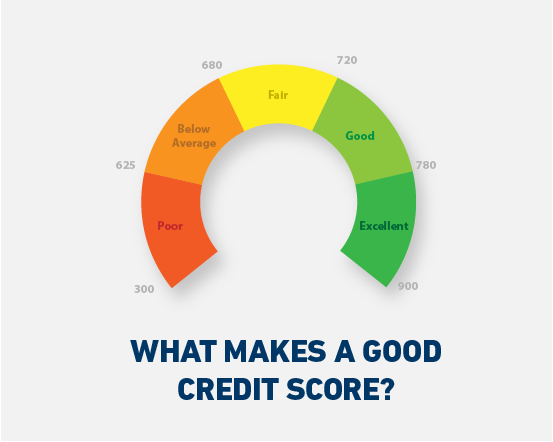
When looking at your credit report, you may notice a large difference in your score. It doesn't always mean you are in financial distress, or that you're displaying bad behavior. There are several reasons your score could be slightly higher or lower that it should. In most cases, errors in reporting and/or misinformation are the root cause of any differences. You can fix any errors by working directly with the creditor or the credit bureau.
There are many scoring models that credit reporting agencies use. Each one weighs information differently. The most common scoring model is FICO. VantageScore also has a scoring model, but requires more data.
A new study by the Consumer Financial Protection Bureau has found that consumers can receive significantly different scores from their creditors. This is due to some companies not reporting to all three main credit reporting authorities (CRAs) in the country at the same time. It's because CRAs use a variety of scoring models and rely heavily on different types financial data.

The Consumer Financial Protection Bureau was prompted to conduct a series of studies on the differences in credit scores and similar functions as a result of analyzing the Dodd-Frank Act. The results of these studies were very informative, even though they were not intended to reveal whether credit rating agencies intentionally try to fool consumers by using their scoring systems.
FICO is the most basic credit score system. This is the most common credit score that you will see on your credit reports. This score generally shows your credit history, usage, as well as other information that lenders use to determine whether you're a risk. Creditors regard the score as a measure for your risk of not being able to pay off your debt. It will vary from one bureau.
VantageScore has a similar scoring method. This model focuses more heavily on how much you've borrowed and used credit cards. The scoring model uses a series of factors to weigh your credit history, including the length of your credit history, recent payments, and the types of debt you carry.
It is interesting to see the differences in credit scores between rural and urban consumers. Although both have the same credit rating system, the average credit score for the former group is much lower. The local economy and the population may influence these scores. Urban areas tend be more financially secure and residents in metropolitan areas have better credit habits.

A consistent reporting pattern is one of the best ways to improve your score. If your creditor fails to report your credit limit to all of the three credit bureaus, you should contact them. While they will be able to correct the error quickly, it is possible for some time.
There are other factors that can affect your score, including a credit card account that is not reported to the credit bureaus. Your credit report should be checked for errors like past names, loan amounts and credit card accounts.